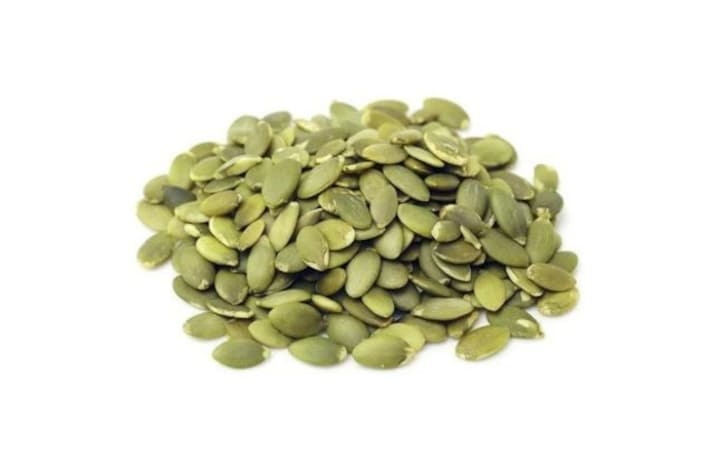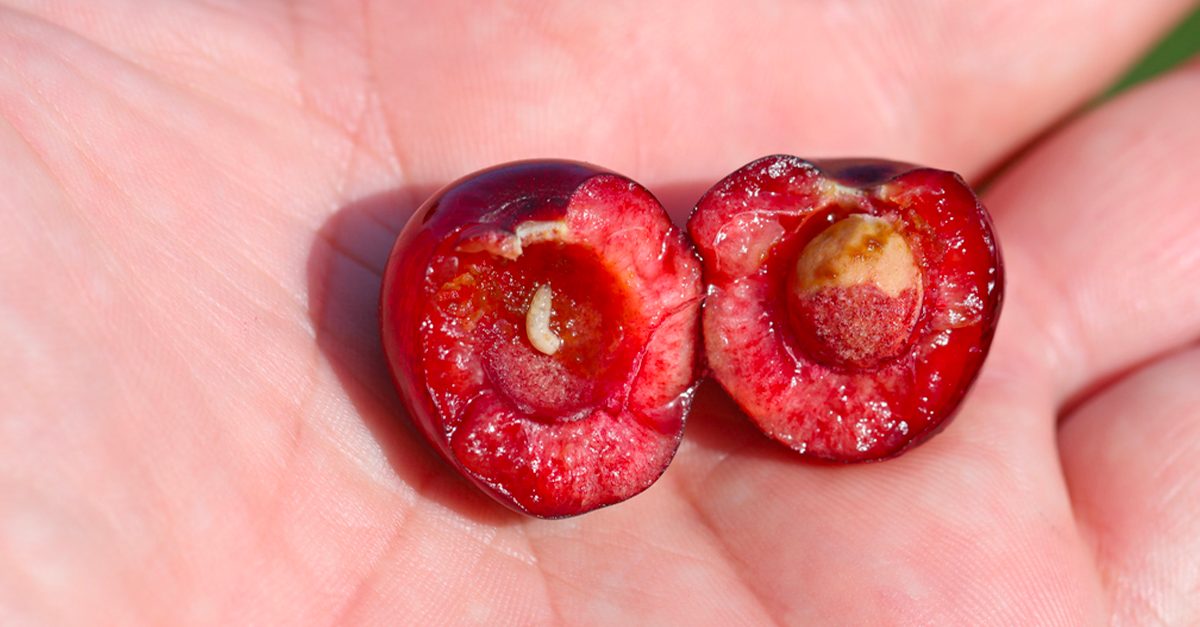What Are Pepitas and What Can You Do With Them?
Pepitas are hull-less, edible seeds from specific pumpkin varieties, naturally green and ready to eat. They're nutritional powerhouses, rich in magnesium, zinc, iron, and protein. Versatile in the kitchen, pepitas enhance both savory and sweet dishes and hold cultural significance in Mexican cuisine. Store them properly to maintain freshness, and toast for added flavor.

Pepitas might sound exotic, but they are more familiar than you think. Often seen sprinkled over salads, blended into pesto, or munched on as a healthy snack, these little green seeds have a lot to offer. But what exactly are pepitas, and why have they become so popular?
The Definition of Pepitas
Pepitas, the Spanish word for "little seeds of squash," specifically refer to the edible seeds of certain pumpkin varieties. Unlike the hard white seeds you scoop out during Halloween, pepitas are hull-less and come from specific pumpkin varieties like Styrian or Oil Seed pumpkins. These seeds are naturally green and do not require shelling, making them convenient and ready to eat straight from the pumpkin. Think of them as the more sophisticated, ready-to-eat cousins of regular pumpkin seeds.
They Are Nutritional Powerhouses
One of the reasons pepitas have gained popularity is their impressive nutritional profile. They are packed with essential nutrients, including magnesium, zinc, iron, and healthy fats. Pepitas are also a great source of protein, making them an excellent choice for vegetarians and vegans looking to boost their protein intake. Additionally, they contain antioxidants and anti-inflammatory properties that contribute to overall health. It's like having a tiny, tasty multivitamin in seed form!

Culinary Versatility
Pepitas are incredibly versatile in the kitchen, lending themselves to both savory and sweet dishes. Toasted pepitas add a delightful crunch and nutty flavor to salads, soups, and grain bowls. They can be ground into a flavorful pesto, blended into smoothies, or even baked into bread and muffins. For a simple yet delicious snack, toss them with a bit of oil and your favorite spices, then roast until golden brown. Pepitas also pair wonderfully with chocolate, making them a surprising addition to cookies and desserts. Their adaptability makes them a kitchen staple worth exploring.
Their Cultural Significance
In Mexican cuisine, pepitas hold a special place, often used in traditional dishes such as mole sauces and pipian, a rich sauce made from ground pumpkin seeds. They add depth and complexity to these dishes, highlighting their cultural importance. Pepitas are also commonly found in Mexican street food, where they are enjoyed roasted and salted. Their use in these traditional dishes underscores their longstanding role in culinary traditions and their ability to bring authentic flavors to modern kitchens.
Tips for Using and Storing Pepitas
To get the most out of your pepitas, store them in an airtight container in a cool, dark place. This helps preserve their freshness and prevents them from becoming rancid. If you buy them in bulk, consider keeping a portion in the fridge or freezer for longer shelf life. When using pepitas, a quick toast in a dry skillet enhances their flavor and brings out their natural oils. Whether you're adding them to a salad, incorporating them into a recipe, or simply snacking on them, toasting pepitas can elevate their taste and texture.
;Resize,width=767;)
;Resize,width=712;)

;Resize,width=712;)
